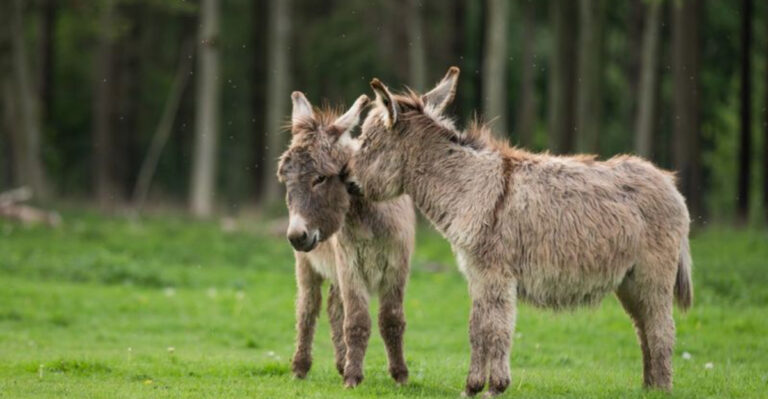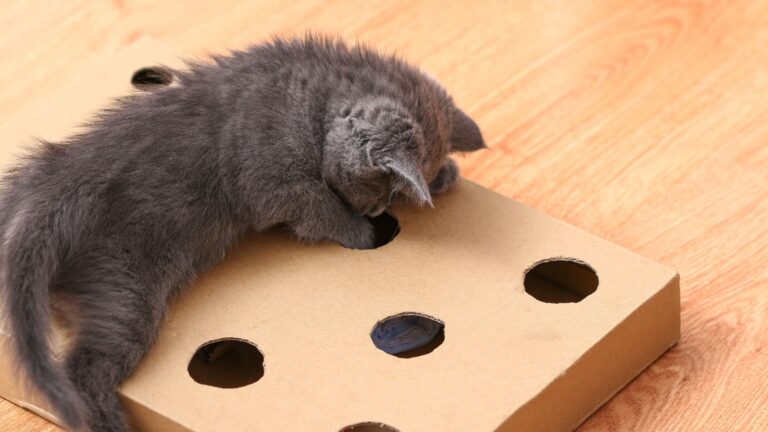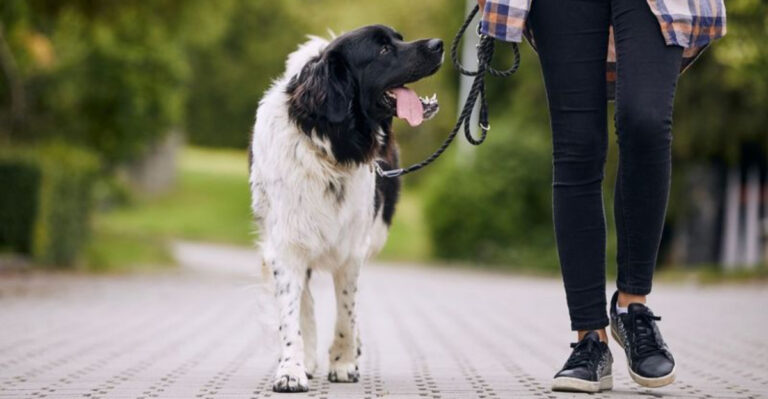7 Major Differences Between Savannah Cats And Serval Cats You Want To Know
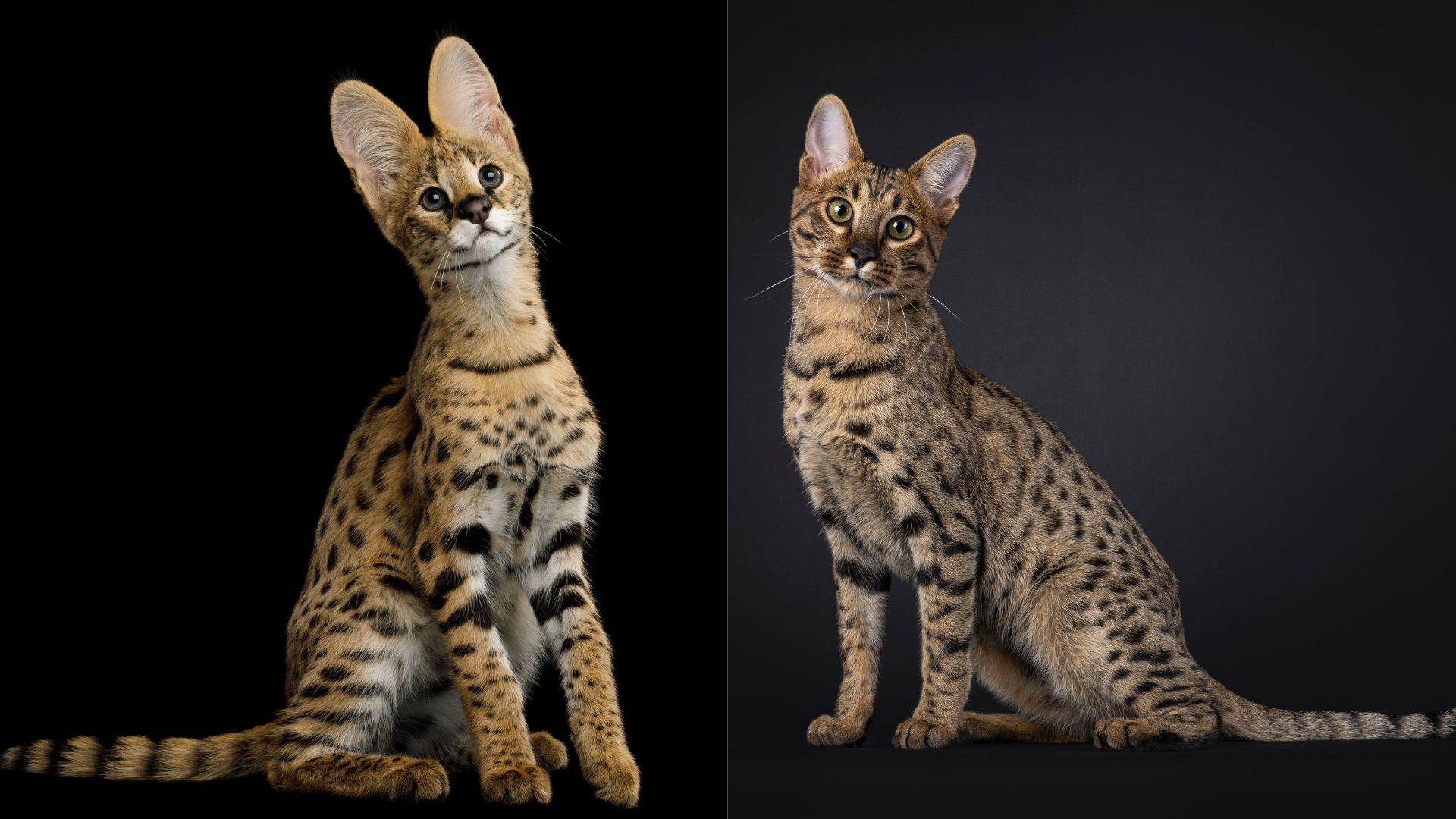
Crossing a wild cat with a domestic breed has been done before and it’s still being done all the time.
Breeders buy different breeds of animals and breed them together, and in many cases, people consider the resulting breeds even more valuable than the purebred animals as they combine a number of desirable features.
A leptailurus Serval is a wild animal and a Savannah cat is a crossbreed, making a hybrid cat that is a mixture of a domestic cat and a Serval. Usually, a male Serval is bred with a Siamese cat.
Eager to learn the key differences between Savannah cats and Serval cats? Read on and find out.
1. Origin And Nurture
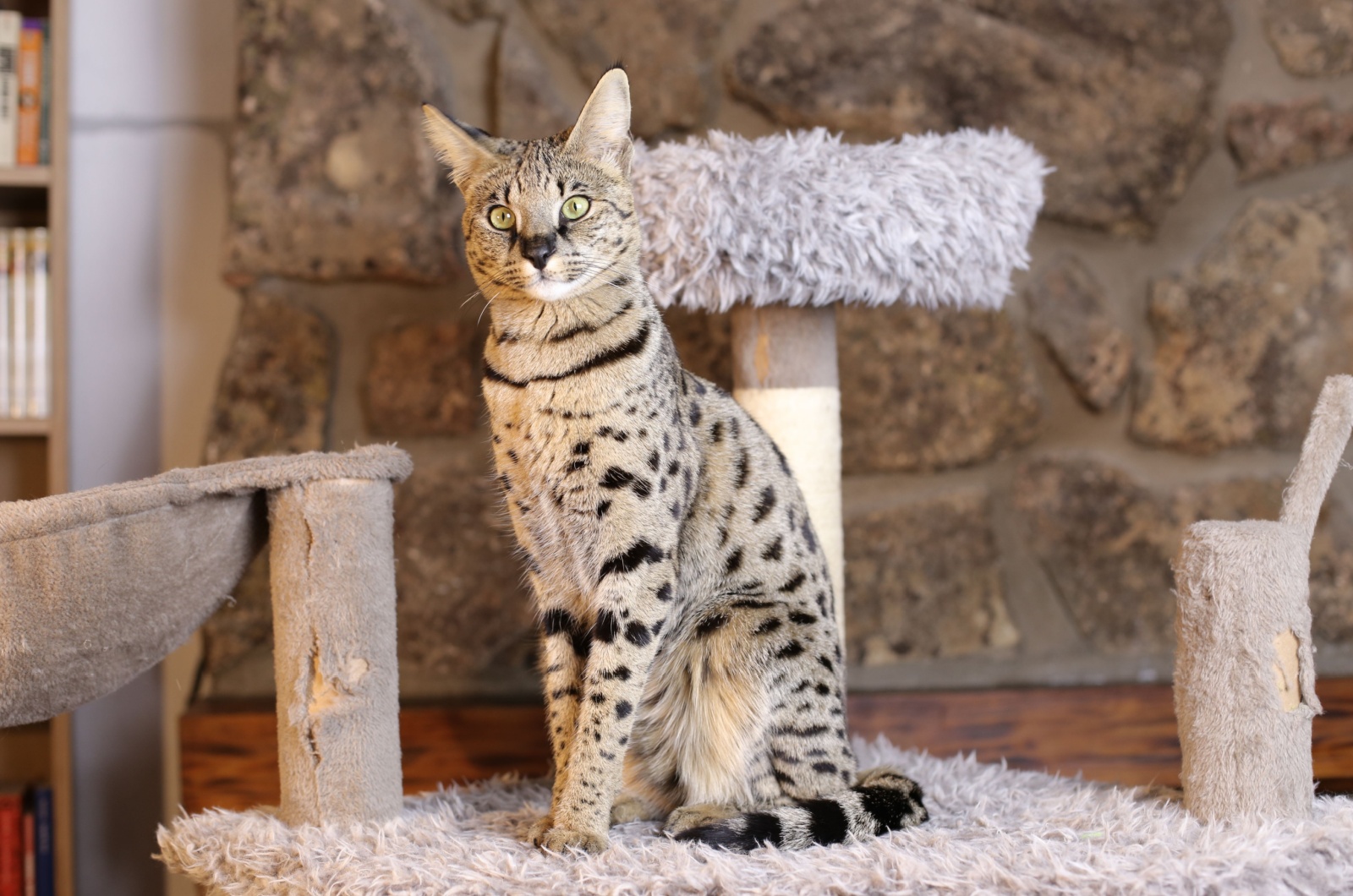
The basic difference is that Savannah cats are domestic cats, and Servals are wild cats.
A wild cat can not just become a lap cat that chills in the living room. Domestication has made Savannah cats very different from Servals.
Savannah cats, however, do have those little touches of wilderness still inside them. If you look closely, you will notice the connection with Servals.
2. Energy And Character
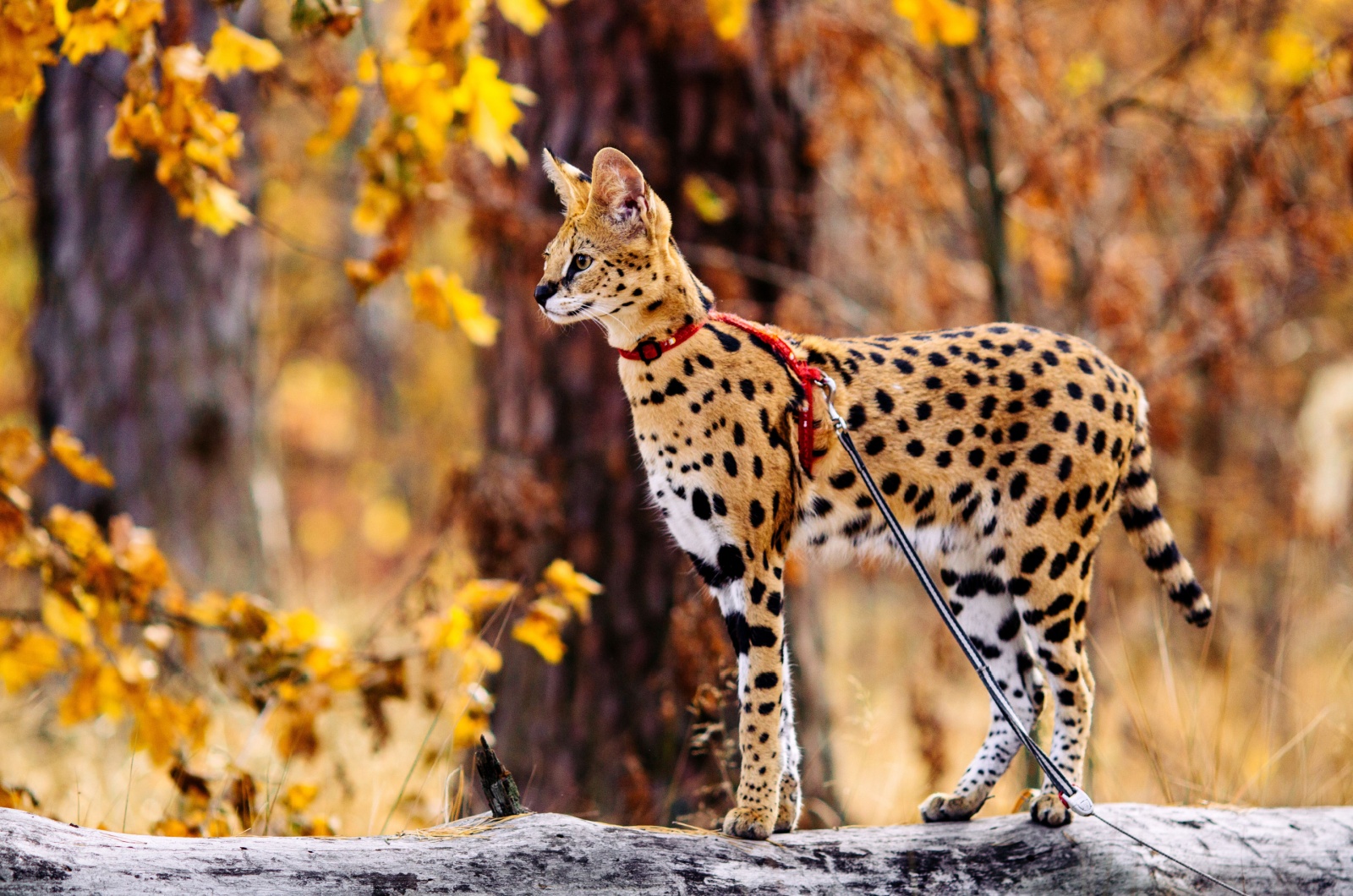
Even though the two have similar personalities, Servals are rather aggressive to other animals or humans. They appreciate their privacy.
Savannah cats, on the other hand, are not aggressive and are actually very fond of their owners. They form strong bonds and don’t mind living with their humans.
Savannah cats, despite their feline beauty, may attract attention because of their dog-like character.
As kittens, they form a strong bond with their humans. They start acting similar to dogs; greeting you at the door, playing fetch, and even happily walking on a leash!
You can train a Savannah cat in a similar way as you would train a dog. Introduce the leash and go for walks early on, and you won’t have any problems.
Their energy levels are very high, they are very smart, and they learn pretty quickly.
Do not be surprised if you get home one day and your cat opens the door or turns on the faucet in the bathroom.
3. Size And Meal Size
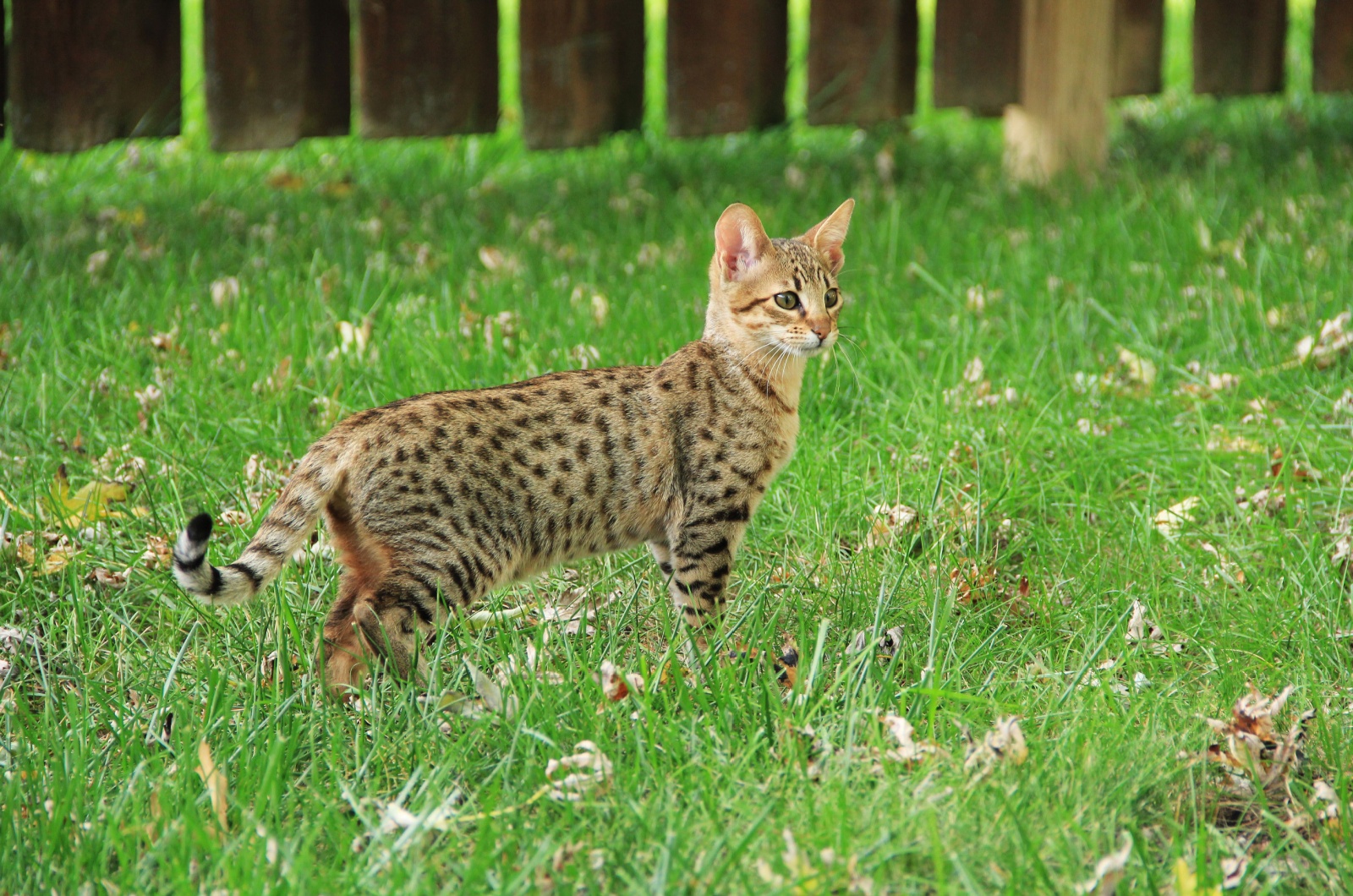
Another difference between the two breeds is their size. The Savannah cat is smaller than a Serval and weighs around half the weight of a Serval.
Both breeds are medium-sized cats, but there is a big difference when a cat is medium-sized in the wilderness, and there is a big difference between the largest and smallest of the domestic cat breeds.
A typical Serval weighs between 20 to 42 pounds, and the size of a Savannah cat depends a lot on the sex and the generation. The male’s weight varies from 15 to 20 pounds, while females weigh from 11 to 13 pounds.
A Serval eats around 20 small meals a day because they hunt their prey. They have to hunt and catch their food. Unlike a Savannah cat, which will happily eat cat food.
An adult Savannah cat only needs to eat one 8-ounce cup of food each day. You can feed them in one meal, or split the portion into two separate meals a day.
4. Raising Savannah Cat And Serval Cat
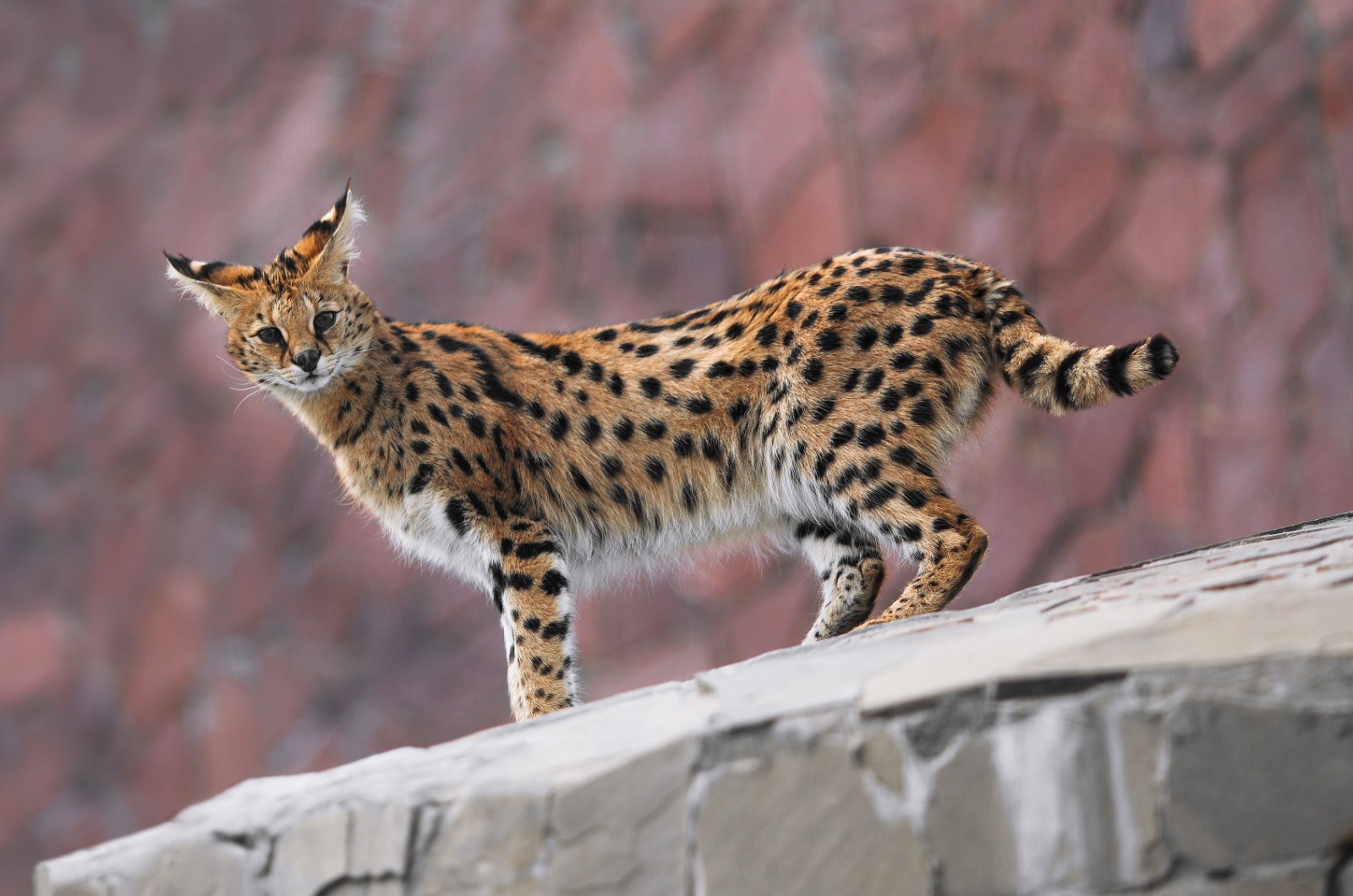
First of all, in most countries, Servals are not allowed to be kept as pets.
Breeders must have special licenses, and they are allowed to keep them since they are experimenting with cat breeds, rather than using them for domestic purposes.
It is quite challenging to raise a Serval cat. A lot of breeders are still trying to develop new methods for raising Servals, so there may be new crossbreeds in the future.
If you want to own a Serval cat, you must create an outdoor habitat, like you would see in a zoo. You need to provide shelter, and warm outside spaces throughout the year.
You need the space to be secure if you don’t want them roaming around the local area. You also need to educate yourself on the possible risks of owning a Serval.
Servals are predators, they hunt for food. So you would need to make sure they have food that replicates the type of prey they would chase in the wild rather than processed pet food.
You also need to have a vet with experience caring for exotic animals to care for them when needed.
It is difficult to breed and raise purebred Servals. Servals can be aggressive to other animals or humans.
Savannah cats, on the other hand, are not aggressive and become very fond of their owners.
Savannah cats form strong bonds and don’t mind living with their humans, however, they do not typically get on well with other pets, e.g. birds, fish, rabbits, etc. because of their strong hunting instincts.
Raising Savannah cats is fairly easy in comparison to raising Servals.
Savannah cats adjust to their surroundings easily, and they are affectionate towards their owners. You do, however, need to provide more care than you would for a regular domestic cat breed.
5. Lifespan And Health
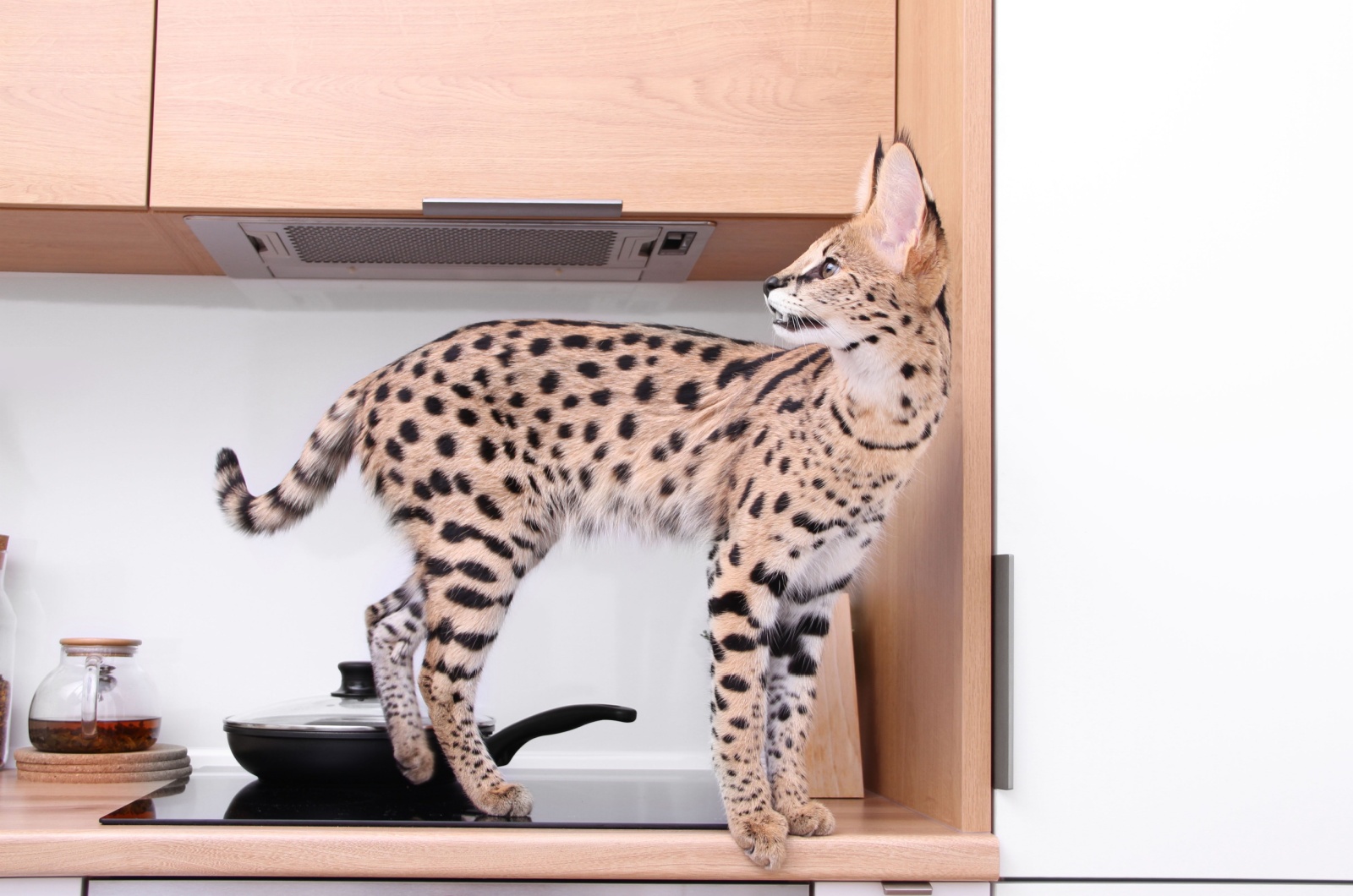
In the wild, Servals usually live for about 10 to 12 years, but in captivity, with proper care, their lifespan can extend to 20 years.
Despite this potential longevity, keeping a Serval healthy in captivity requires replicating its natural diet and habitat as closely as possible.
They are prone to stress-related illnesses if their environment doesn’t meet their needs. Additionally, finding veterinarians experienced with exotic animals can be challenging, making regular health checkups more complicated.
Savannah cats generally live longer, with a lifespan of 12 to 20 years, thanks to their hybrid nature and domestic upbringing.
They benefit from the advancements in veterinary care for domestic cats, making it easier to manage their health needs. Regular checkups, vaccinations, and a balanced diet designed for high-energy cats are usually sufficient to keep them in good health.
While they are generally robust, Savannah cats can inherit some health conditions from their domestic cat parentage, such as hypertrophic cardiomyopathy (HCM), so regular monitoring is recommended.
6. Trainability And Temperament
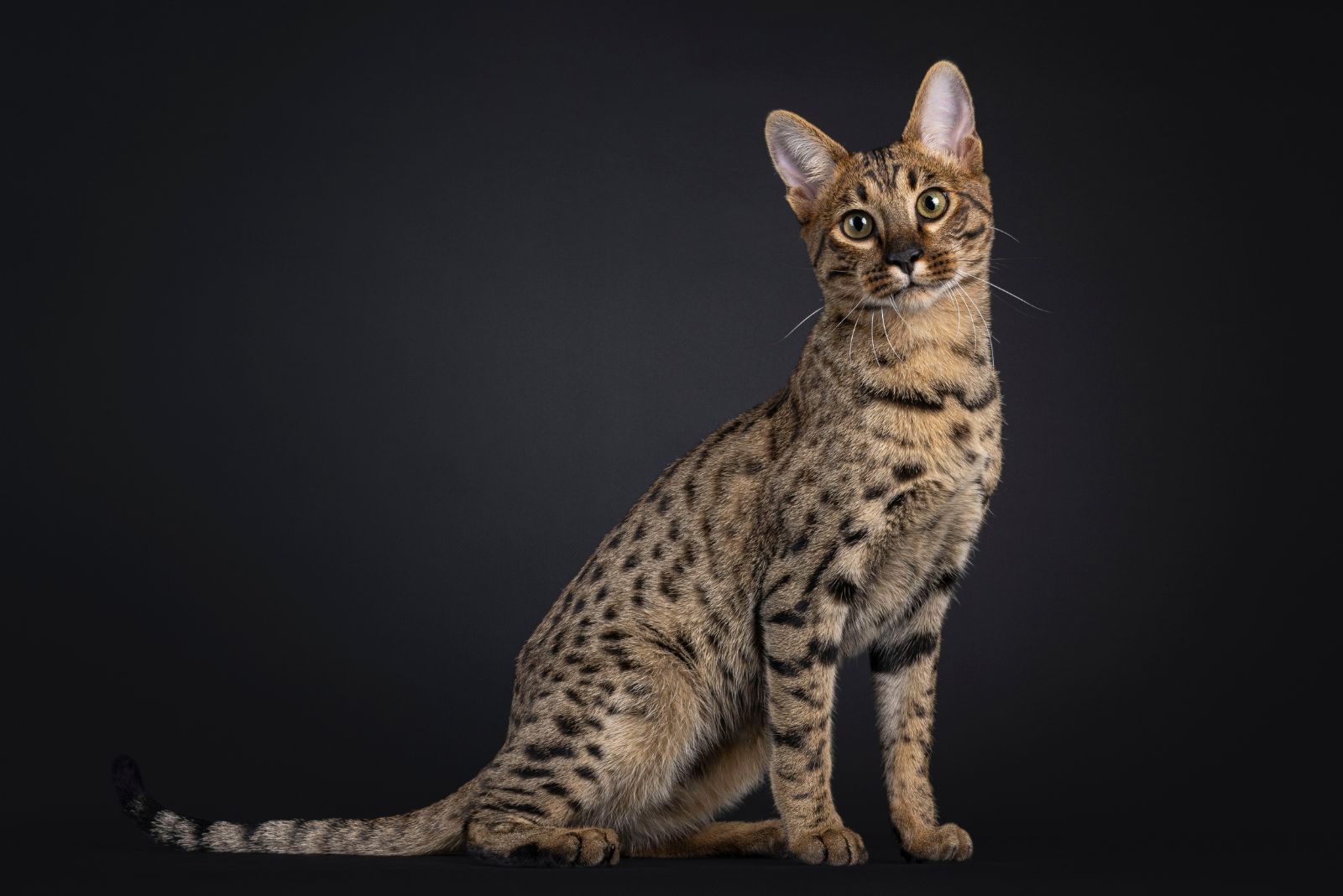
When it comes to training, the differences between Servals and Savannah cats are stark. Servals, being wild cats, are much harder to train. They have strong independent instincts, making it difficult to teach them commands or house manners.
Servals are territorial and can be unpredictable, even when raised in captivity. This temperament makes them less suitable as pets for an average household, as their wild behavior may remain even after domestication attempts.
On the other hand, Savannah cats are remarkably trainable and intelligent. Due to their hybrid nature and domestic upbringing, they adapt well to structured environments.
Savannah cats often display dog-like traits, such as playing fetch, walking on a leash, and learning tricks with positive reinforcement. Their affectionate temperament and curiosity make them excellent companions for active owners willing to engage in training and play.
This level of adaptability sets Savannah cats apart, making them a more manageable choice for those wanting an exotic-looking pet with a trainable nature.
7. Legal Restrictions And Ownership Challenges
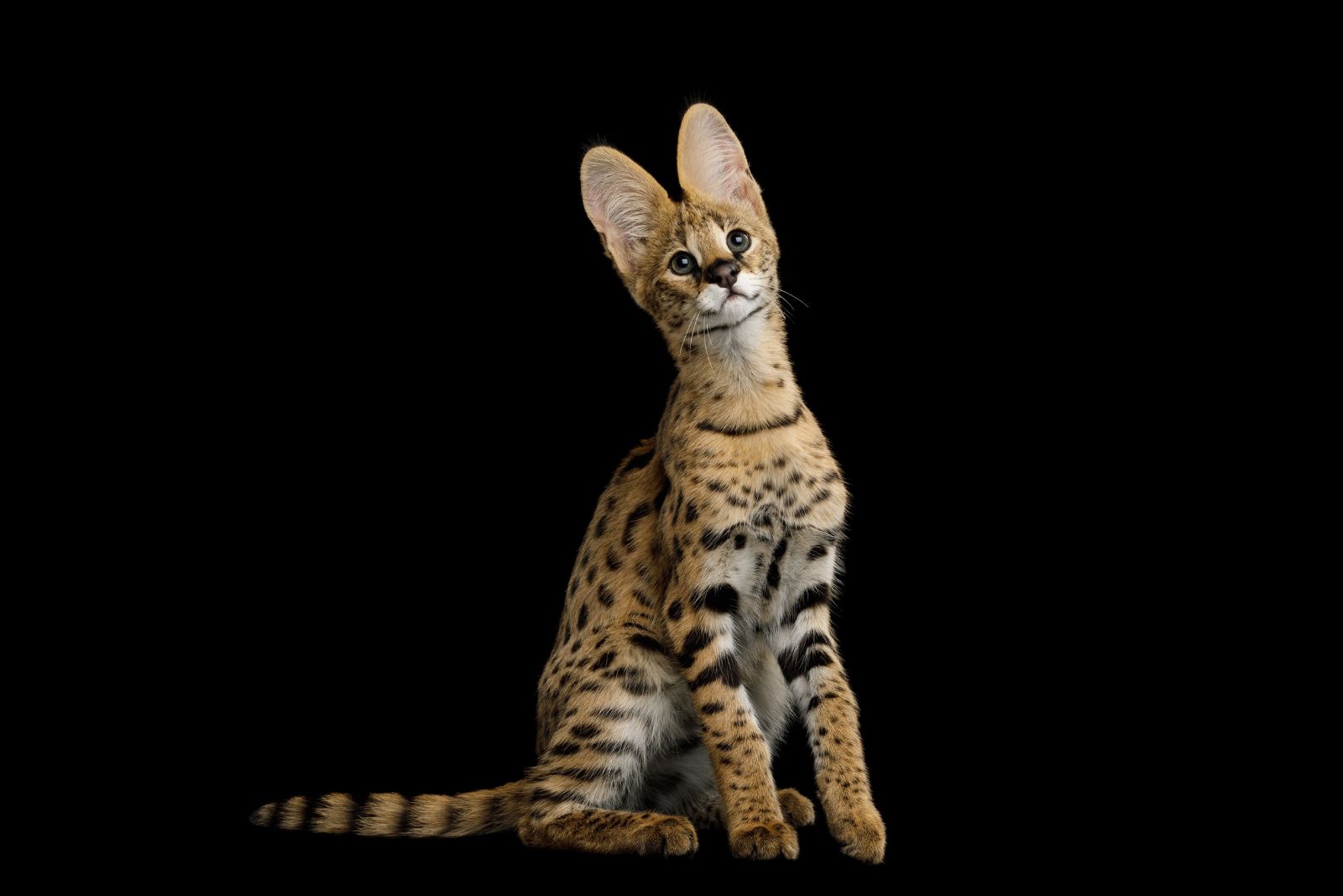
Owning a Serval comes with significant legal restrictions, as they are classified as wild animals in most countries. Many regions require specific permits or outright prohibit the ownership of Servals due to their potential risks to humans and other animals.
Even in areas where ownership is legal, prospective owners must meet strict regulations regarding enclosures, care, and veterinary access. These challenges make Servals far less accessible as pets.
Savannah cats, on the other hand, face fewer restrictions, especially in later generations (F3 and beyond), as they are considered domestic cats.
However, some areas still regulate ownership, particularly for earlier generations like F1 or F2, which retain more Serval-like traits.
Prospective owners need to check local laws before adopting a Savannah cat. Despite the fewer legal barriers, Savannah cats still require experienced owners due to their high energy, intelligence, and strong hunting instincts.
Understanding and respecting these differences in ownership requirements is crucial for anyone considering either of these strikingly beautiful felines.

